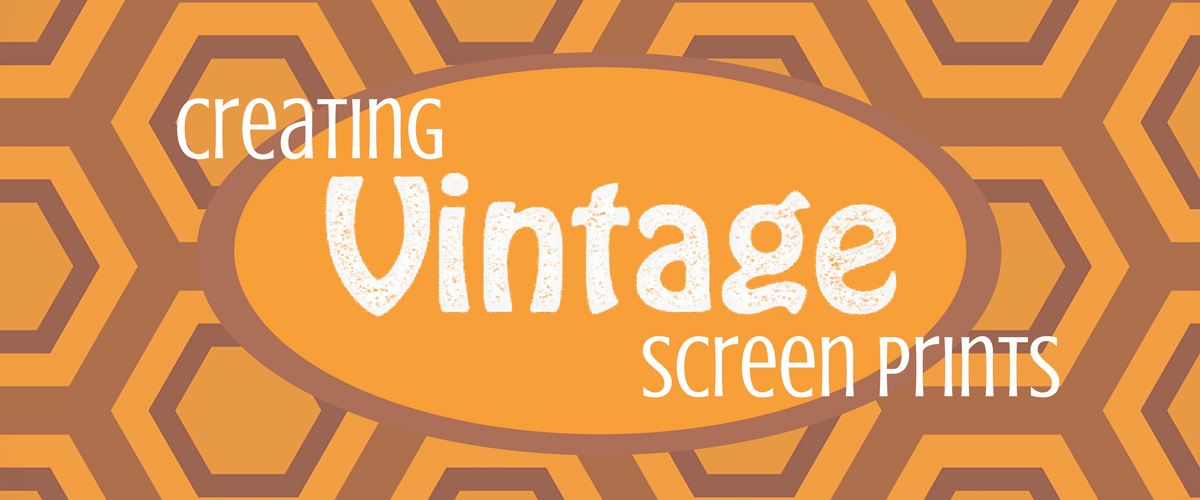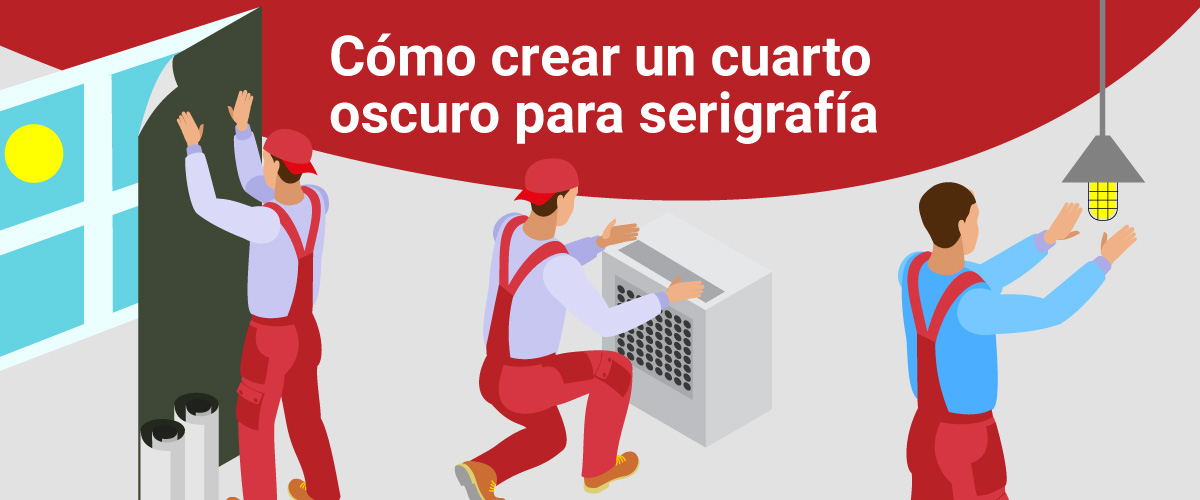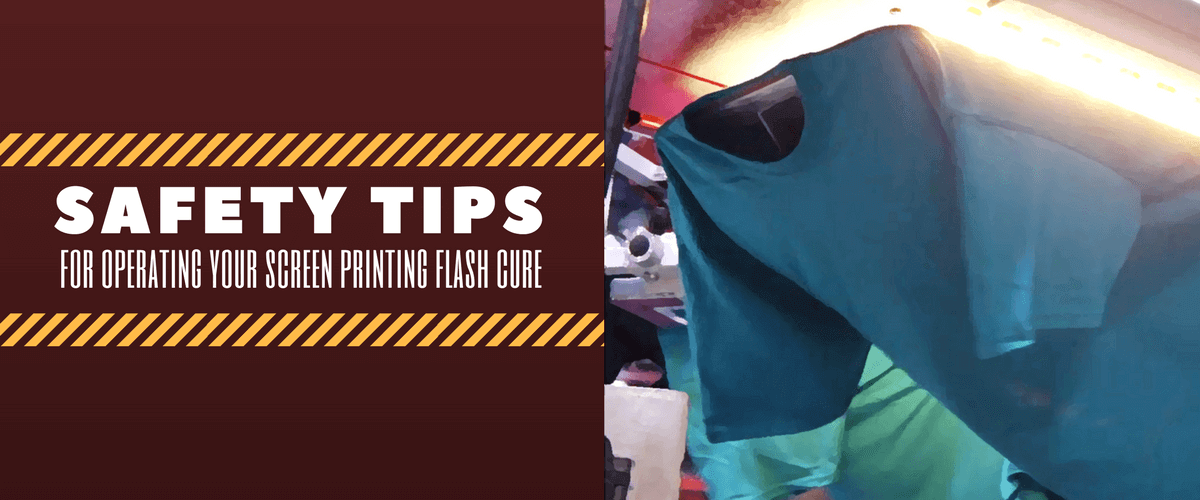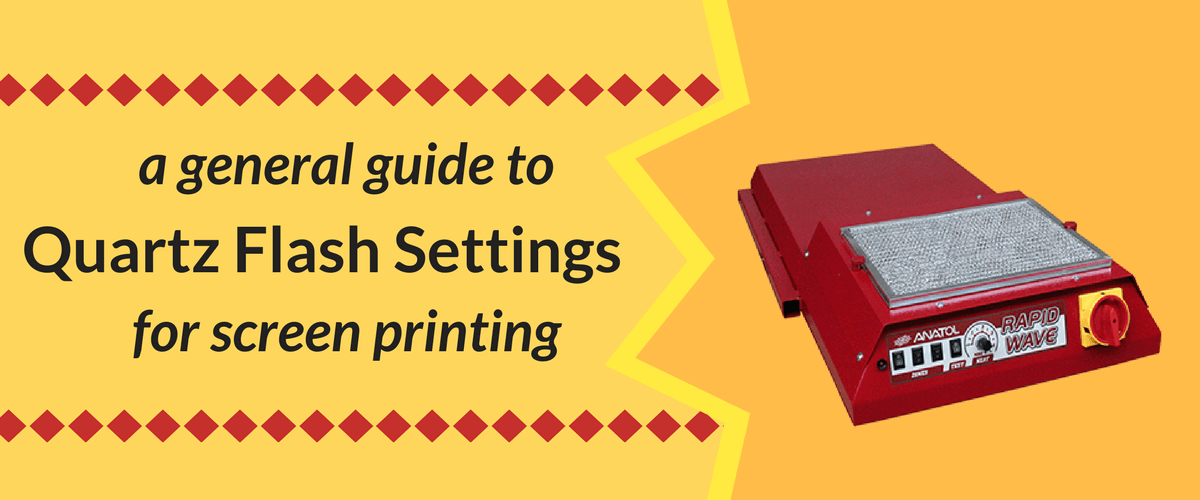

Revolucionando la industria de la serigrafía a través de tecnología de punta y servicio de calidad
Anatol Equipment Manufacturing Co.
1429 S Shields Dr
Waukegan, IL 60085


Revolucionando la industria de la serigrafía a través de tecnología de punta y servicio de calidad
Anatol Equipment Manufacturing Co.
1429 S Shields Dr
Waukegan, IL 60085

Every industry falls victim to a slow season, and screen printing is no exception. For screen printers, usually the lull comes during the cold winter months, when people are busy with the holidays, the weather doesn’t call for t-shirts and the demand for promotional apparel for sports teams, summer camps and charity events comes nearly to a halt.
Leer más
Successful screen printing depends on quality control. By following the right steps and using the right products, any screen printer can create quality prints that satisfy their customers.
Leer más
For a lot of business owners and managers, the hiring process can be intimidating. It’s difficult to know which applicants will become fantastic employees.
Leer más
As a screen printer, your biggest concern is certainly a quality print for your customer. While this is important, today’s marketplace often demands more from vendors.
Leer más
For what seems like all of screen printing’s history, screen printers have laid down their art on basic cotton shirts. While basic cotton still might be the industry standard, there are countless shirt options available for screen printing.
Leer más
People want cozy, comfortable, lived-in looking screen prints. The vintage t-shirt trend seems to be here to stay. That means if you’re in the screen printing business, you’d better understand how to create vintage screen prints.
Leer más
One of the most misunderstood — and often overlooked — elements of a screen printing shop is the darkroom.
Leer más
If you’ve been thinking about starting your own screen printing business, you’ve likely been wondering just what you need to get your screen printing shop up and running.
Leer más
In our previous blog, we discussed tips for printing on hoodies and zippered or buttoned sweatshirts. The usual tactic when dealing with the unique terrain of these garments is to adjust artwork to avoid buttons, zippers and seams.
Leer más
In screen printing, safety comes first. The well-being of your press operators and other employees is often contingent upon their knowledge of and familiarity with the equipment they’re using.
Leer más
Are you looking to add effects to your screen prints that make them stand out? Foil might be what you’re looking for – a simple and cost-effective way to make trendy, eye-catching designs.
Leer más
By Michael Jirasek
I remember the first time I worked with a quartz flash. It was a little scary! Flash settings can be tricky and require attention to detail. However, the payoff in increased production more than makes up for the learning curve. Here’s a general guide to help you find the right quartz flash settings for your print jobs.
Leer másYour message was successfully sent!